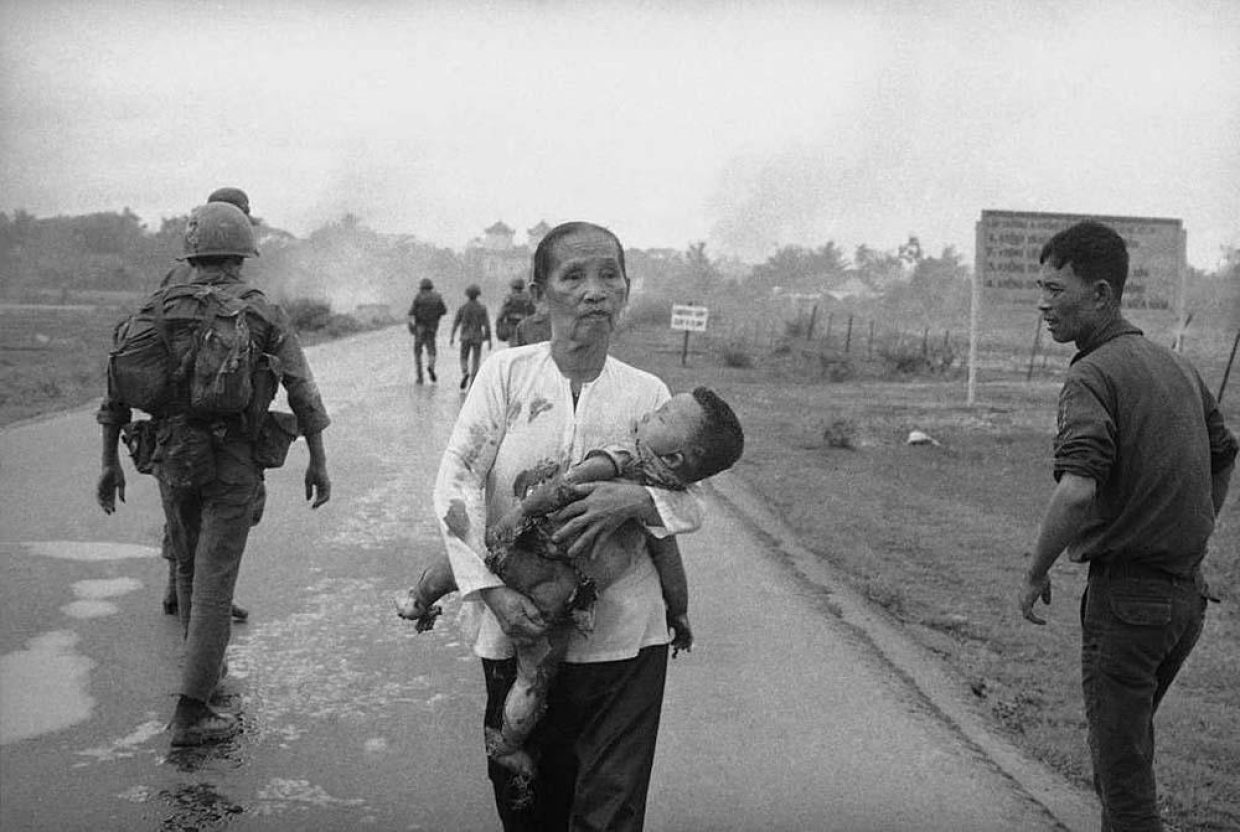War photography is more than just snapping pictures on the battlefield – it’s a powerful window that brings the realities of conflict into our everyday lives. From the haunting images of soldiers in trenches to the heart-wrenching moments of civilians caught in the crossfire, these photographs don’t just show us what war looks like; they shape how we feel about it. In this post, we’ll explore how war photography influences our perceptions, stirs our emotions, and sometimes even changes the course of history. So, whether you’re a photography buff, a history fan, or just curious about the stories behind the lens, let’s dive into how these images impact the way we see and understand war.
Table of Contents
- The Power of Perspective War Photography Brings to Light
- Capturing Emotion Beyond the Battlefield
- Ethical Considerations Every War Photographer Should Keep in Mind
- Tips for Sharing War Images with Respect and Impact
- Concluding Remarks
The Power of Perspective War Photography Brings to Light
Captured through the lens of war photographers, moments frozen in time expose the unspoken realities of conflict, inviting us to step beyond headlines and statistics. These images do more than document—they open a window to the raw emotion, the courage, and the chaos on the frontlines, bridging the gap between distant wars and our everyday lives. By showcasing perspectives often overlooked, such photography transforms viewers from passive observers into empathetic witnesses, challenging us to confront the human stories behind warfare.
War photography’s impact lies in its unparalleled ability to provoke thought and conversation. It serves as a catalyst for awareness and action by:
- Highlighting the resilience and suffering of civilians caught in conflict
- Documenting the personal sacrifices and bravery of soldiers
- Revealing the stark consequences of violence in ways words alone cannot capture
In doing so, these images shape the collective memory of war, influencing public opinion and policy by reminding us that every picture holds a powerful story waiting to be understood.
Capturing Emotion Beyond the Battlefield
War photography often presents more than just the stark realities of combat; it captures the raw, unfiltered human experience in moments of tension, fear, and even fleeting hope. These images reach beyond uniforms and weaponry, revealing the faces of those caught in the crossfire—children clutching torn toys, mothers shielding their families, soldiers sharing quiet glances amidst chaos. This emotional depth invites viewers to connect on a profoundly personal level, bridging the gap between distant conflict and individual empathy.
Through the lens, photographers highlight complexities that words might fail to convey, such as:
- The resilience of communities rebuilding after devastation
- The silent sorrow etched in the eyes of survivors
- The fragile moments of humanity that persist amid destruction
These images do more than document history—they shape how we perceive war itself, reminding us that behind every headline are real stories of loss, courage, and endurance.
Ethical Considerations Every War Photographer Should Keep in Mind
Capturing the raw realities of conflict demands more than just technical skill; it requires a deep sense of responsibility toward those whose stories are being told. War photographers face the delicate challenge of balancing respect for human dignity with the urgency to reveal harsh truths. Every frame shot is a decision where consent, privacy, and the potential impact on subjects must be carefully weighed. Empathy should guide the lens — understanding that behind every image is a lifetime of pain, courage, or loss that deserves thoughtful representation rather than exploitation.
Ethical war photography also encourages mindful practices, such as:
- Avoiding sensationalism that can distort public perception or glorify violence.
- Seeking informed consent when possible, especially with vulnerable or traumatized individuals.
- Respecting cultural sensitivities and historical contexts that shape how images are interpreted.
- Maintaining accuracy by refraining from manipulating images in ways that alter their truthfulness.
These principles help nurture a visual narrative that honors the complexity of conflict, fostering compassion rather than desensitization.
Tips for Sharing War Images with Respect and Impact
When sharing war photography, it’s crucial to balance the power of the image with sensitivity toward those affected. Start by considering the context: provide background stories or captions that explain the scene without sensationalizing pain or suffering. Always respect the dignity of the people involved; avoid images that exploit trauma or reduce subjects to mere symbols. Use content warnings for graphic material to prepare viewers emotionally and give them the choice to engage or step back.
Engagement with these images can be deepened by fostering thoughtful conversations rather than just scrolling past. Encourage your audience to reflect on the human aspects behind the conflict, the resilience, and the complex realities—not just the violence. Incorporate unnumbered lists or quotes that highlight personal stories or broader themes of hope and survival within the visual narrative. This respectful approach ensures your sharing has a meaningful impact without crossing ethical lines.
- Use descriptive, empathetic captions
- Include content warnings when necessary
- Highlight personal stories over graphic details
- Encourage mindful and respectful discussion
Concluding Remarks
And there you have it — war photography is so much more than just snapshots from the battlefield. It’s a powerful bridge that connects us, allowing people far from conflict to truly see and feel the realities of war. Through the lens, photographers capture moments that words alone often can’t express, reminding us of the human stories behind the headlines. So next time you come across a war image, take a moment to look beyond the frame — it might just change the way you understand the world. Thanks for reading, and stay curious!













